
Spring 2026 (January-June) Pesticide Safety Schools
The spring 2026 Pesticide Safety Schools are for those seeking initial licensing in one or more pesticide subcategories. To register for …



El inglés es el idioma de control de esta página. En la medida en que haya algún conflicto entre la traducción al inglés y la traducción, el inglés prevalece.
Al hacer clic en el enlace de traducción se activa un servicio de traducción gratuito para convertir la página al español. Al igual que con cualquier traducción por Internet, la conversión no es sensible al contexto y puede que no traduzca el texto en su significado original. NC State Extension no garantiza la exactitud del texto traducido. Por favor, tenga en cuenta que algunas aplicaciones y/o servicios pueden no funcionar como se espera cuando se traducen.
Inglês é o idioma de controle desta página. Na medida que haja algum conflito entre o texto original em Inglês e a tradução, o Inglês prevalece.
Ao clicar no link de tradução, um serviço gratuito de tradução será ativado para converter a página para o Português. Como em qualquer tradução pela internet, a conversão não é sensivel ao contexto e pode não ocorrer a tradução para o significado orginal. O serviço de Extensão da Carolina do Norte (NC State Extension) não garante a exatidão do texto traduzido. Por favor, observe que algumas funções ou serviços podem não funcionar como esperado após a tradução.
English is the controlling language of this page. To the extent there is any conflict between the English text and the translation, English controls.
Clicking on the translation link activates a free translation service to convert the page to Spanish. As with any Internet translation, the conversion is not context-sensitive and may not translate the text to its original meaning. NC State Extension does not guarantee the accuracy of the translated text. Please note that some applications and/or services may not function as expected when translated.
Collapse ▲
The spring 2026 Pesticide Safety Schools are for those seeking initial licensing in one or more pesticide subcategories. To register for …

Our interdisciplinary team at NC State has been working on improving various aspects of BeanPACK, the dynamic grower decision support …
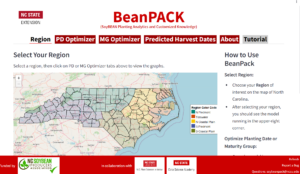
Our interdisciplinary team at NC State has been working on improving various aspects of BeanPACK, the dynamic grower decision …

Light and pheromone traps are tools that help us know when certain insects are active in crops like cotton, …
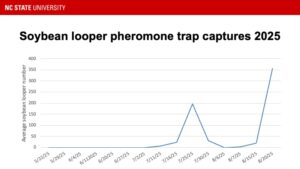
Light and pheromone traps are tools that help us know when certain insects are active in crops like cotton, …

Soybean aphid has been more prevalent this year than normal, especially in eastern North Carolina. This is one of …
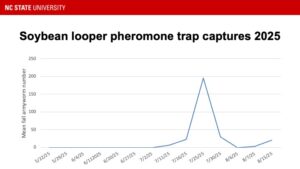
Light and pheromone traps are tools that help us know when certain insects are active in crops like cotton, …
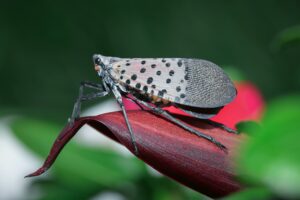
If you see a Spotted Lanternfly in North Carolina, please report it right away using the NCDA&CS reporting portal. Your …
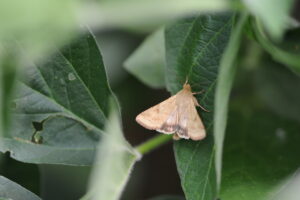
Corn earworm moth catches have been ticking up across the state this week, especially in southern counties of the …
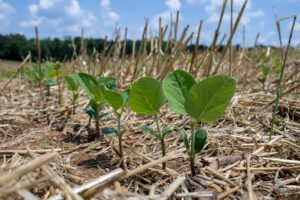
Wet weather across North Carolina delayed soybean planting into July and forced some growers to replant. Many now ask …
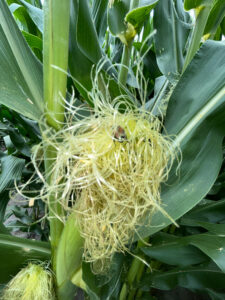
Current Situation in North Carolina Corn is currently at the tasseling and silking stages across the state, which is typically …
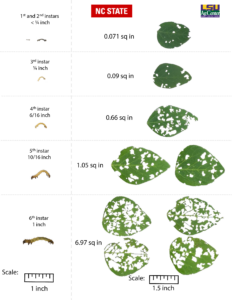
Authors: Igor Sulzbacher Schardong (NC State University), Dominic D. Reisig (NC State University), Berenice Romero (Louisiana State University), Jeff Davis, (Louisiana State …
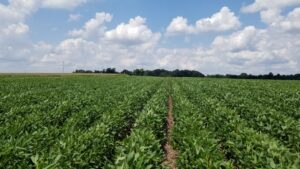
Soybean can tolerate considerable defoliation before it loses yield. Common major defoliating pest species in NC include bean leaf …
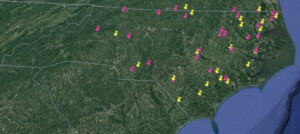
Article by Alexis Alsdorf, NC State Department of Entomology and Plant Pathology PhD student Helicoverpa zea (corn earworm or bollworm) …

It’s been one month since the launch of Root Cause Reports!From seedling diseases to deer damage and stink bugs, …
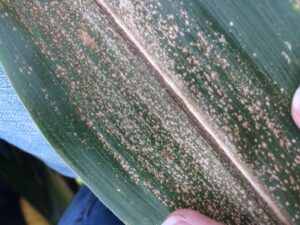
Are the spots circular with tan centers and purple to dark brown margins, possibly surrounded by yellow halos? → …

Farm sussession and transition can seem overwhelming but is definitley doable when taken in little bites and with facilitation, if …

Please note: this message affects all PDIC users, except samples of turf/grasses for the Turf Diagnostic Lab Summer is always …
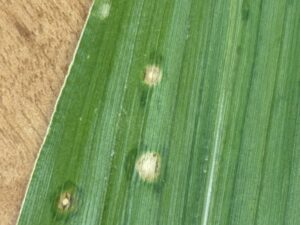
With such a wet May, y’all are probably seeing an uptick in leaf spots on corn, but there’s no …

Join us this year for the 2025 Forage & Grassland Management Annual Webinar Series. The full schedule and registration …

Grapevines require 16 essential nutrients for normal growth and development (Table 9.1). Carbon, hydrogen, and …

This guide presents basic facts about seeds, including how they develop, how to store and …

This Soybean Nutrient Deficiency Information factsheet describes the symptoms and management of boron deficiency in …
This Soybean Nutrient Deficiency Information factsheet describes the symptoms and management of zinc deficiency in …

This Soybean Nutrient Deficiency Information factsheet describes the symptoms and management of molybdenum deficiency in …
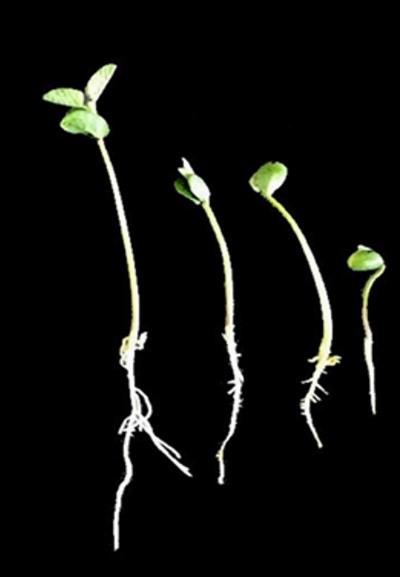
This Soybean Nutrient Deficiency Information factsheet describes the symptoms and management of aluminum toxicity in …
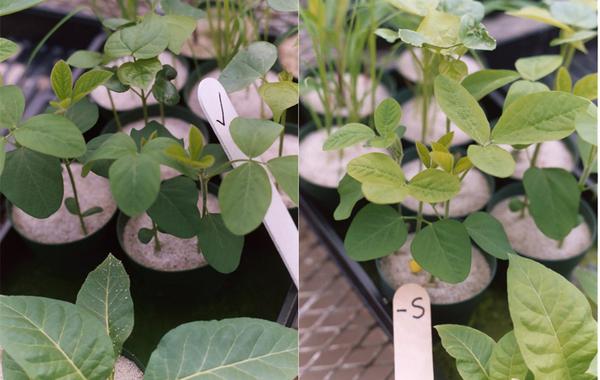
This Soybean Nutrient Deficiency Information factsheet describes the symptoms and management of sulfur deficiency in …

This Soybean Nutrient Deficiency Information factsheet describes the symptoms and management of magnesium deficiency in …